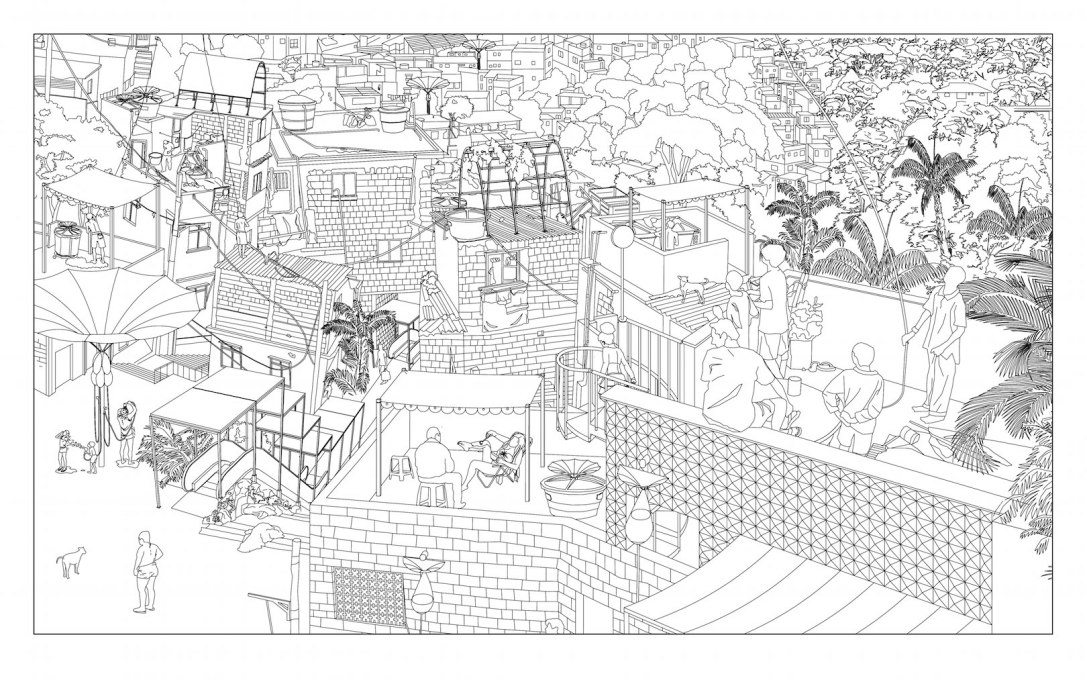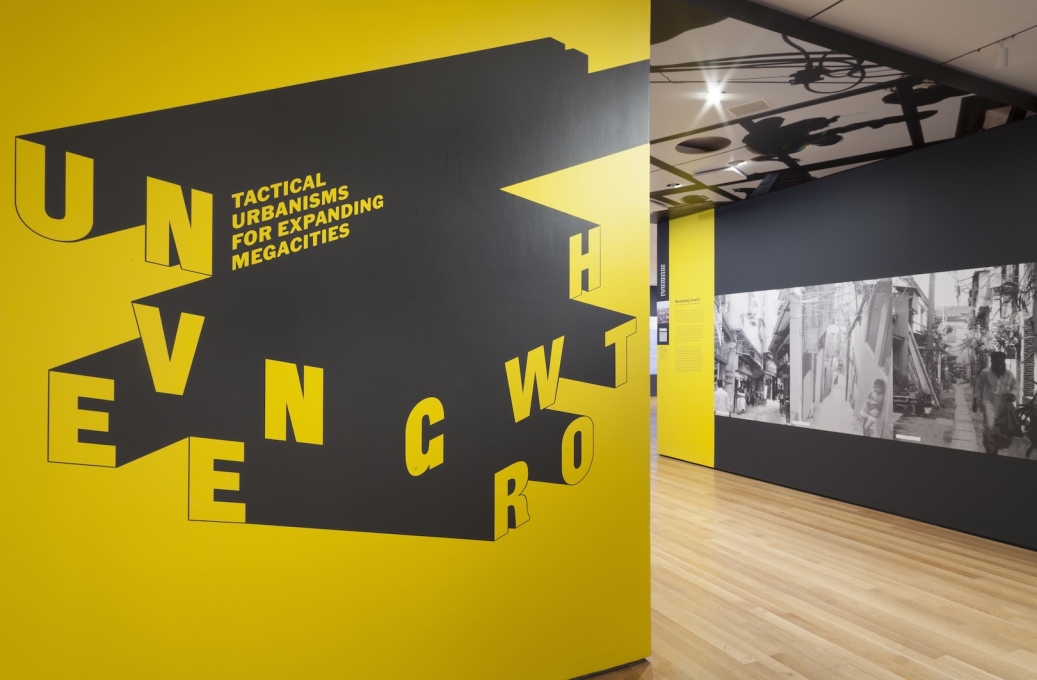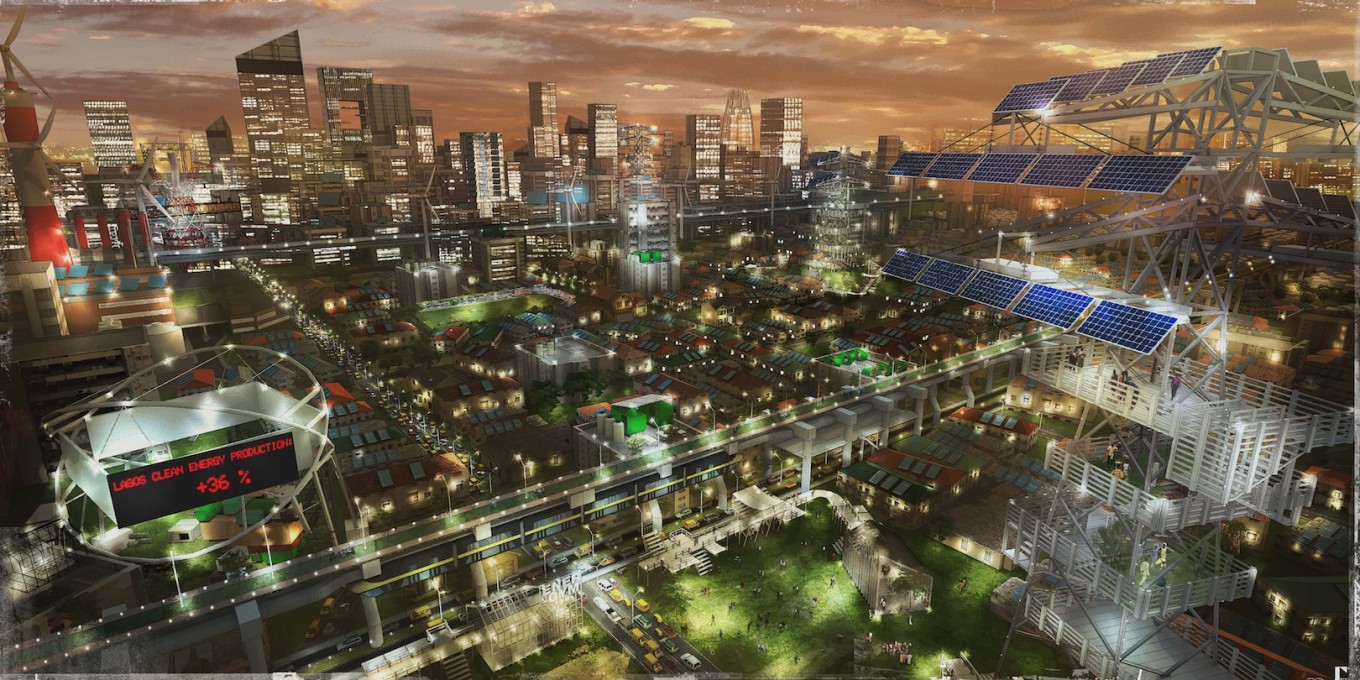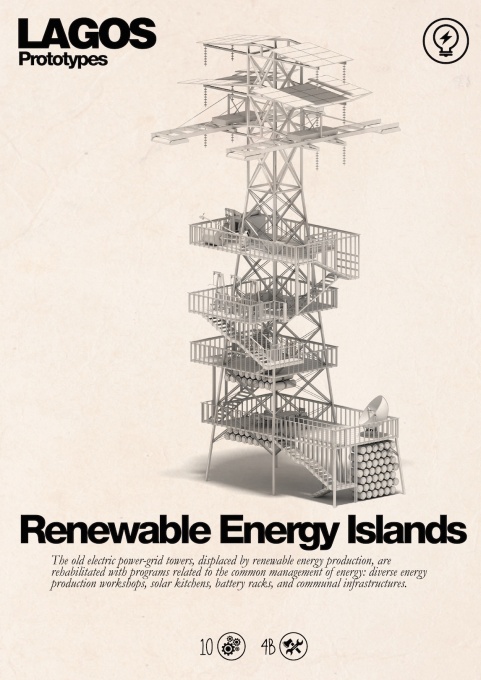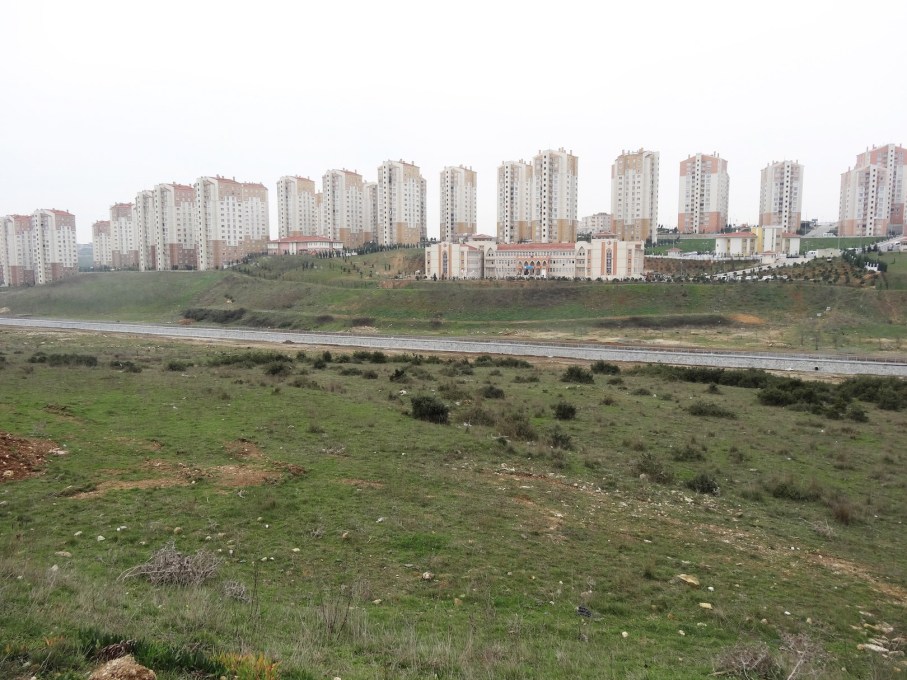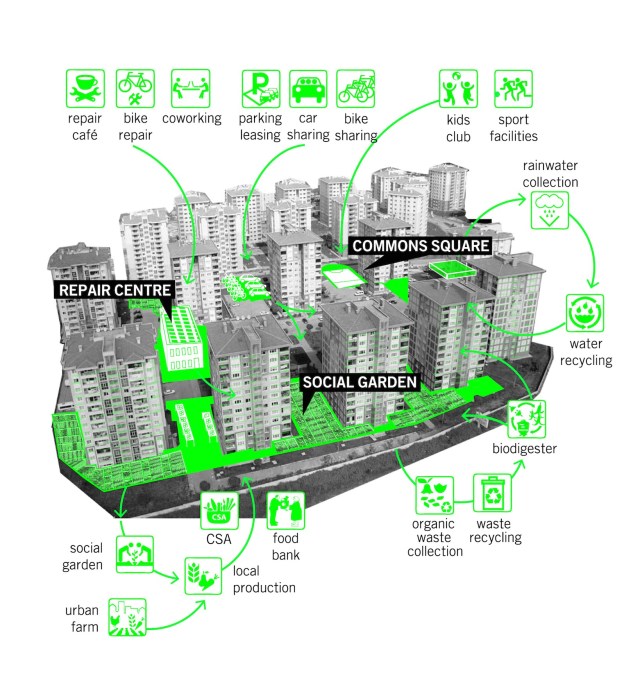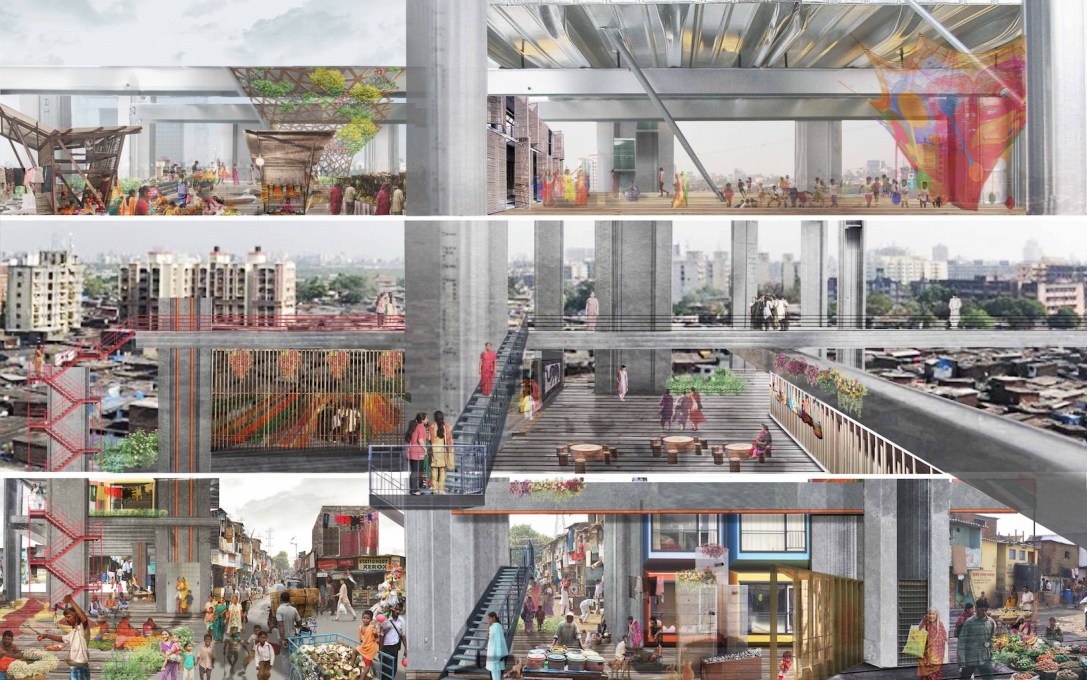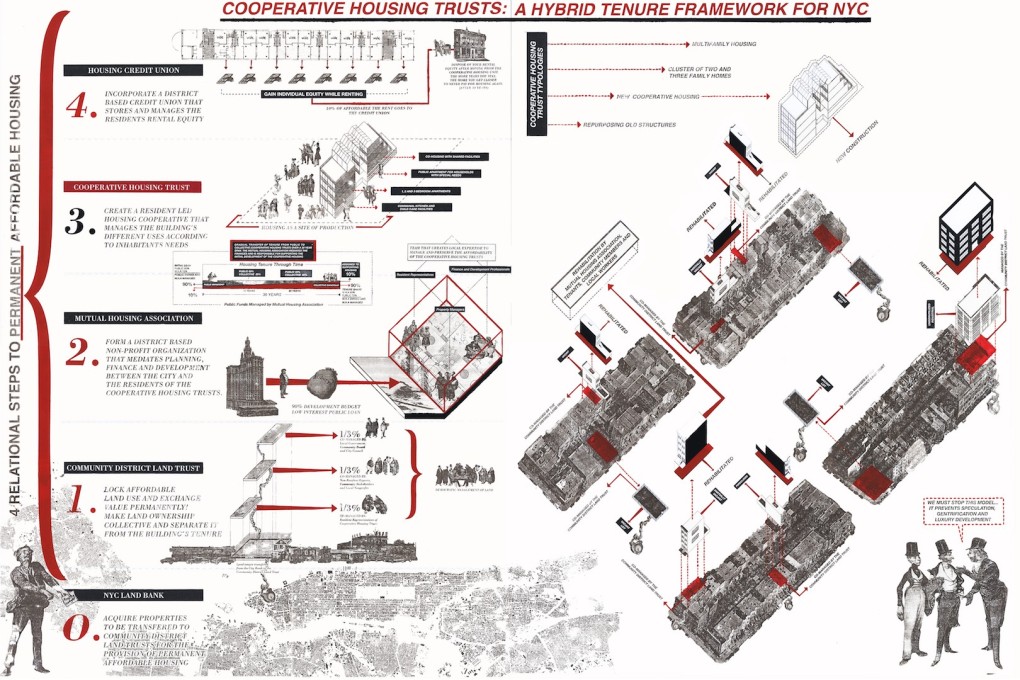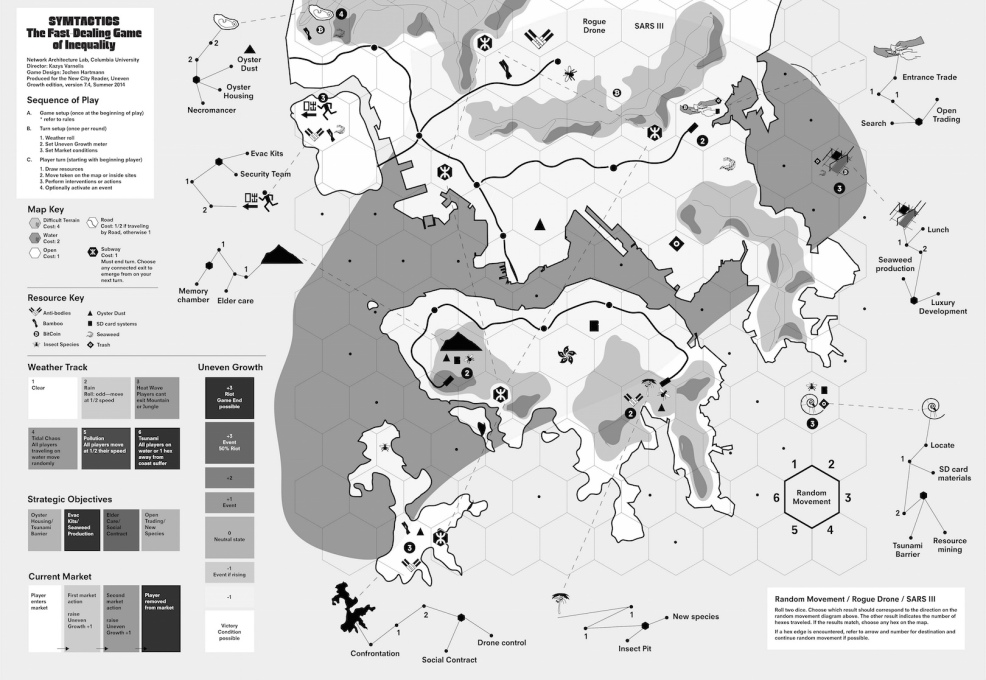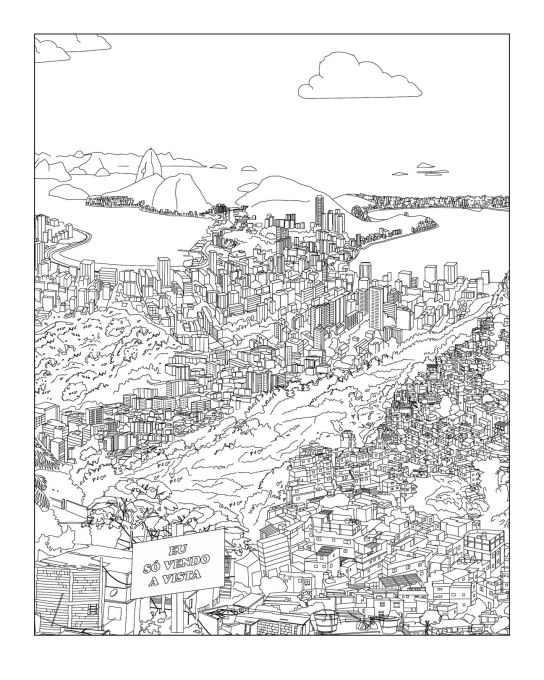Cities are growing exponentially and with them a myriad of issues around inequality and injustice for the majority of those living in them who occupy the so-called “informal settlements” which constitute the vast majority of this growth. Jessica Bridger visited the current exhibition at MoMA in New York, Uneven Growth: Tactical Urbanisms for Expanding MegaCities, which explores possible strategies for counteracting these issues in six cities worldwide. She found inspiration but a lack of snap, crackle and pop...
For fans of game theory and board games, an analysis of Settlers of Catan, a popular settlement-building multiplayer game, suggests that early aggression is generally a good tactic when developing your urban network. And fittingly, in the Uneven Growth exhibition at the Museum of Modern Art, which focuses on the urban development of megacities, one of the primary contributions is an edition of the New City Reader newspaper, which contains a clever and instructive game to make megacities, using a format similar to Settlers of Catan. For this is an exhibition about making bold, aggressive moves sooner rather than later as the world continues its rapid urbanisation. Here, while surely no game, experimentation on the part of architects and researchers plays out on the walls, to mixed effect.
The crux of the exhibition lies in the “uneven” half of the title. Many are well versed in the statistics about our era of über urban growth sprawling over the globe, but fewer know the details about how and where development is happening. In 2030 the world population will be around eight billion, with two thirds living in cities. Two thirds of those urban dwellers will be living in what are considered by the UN “slum conditions”, the majority in areas increasingly known as “informal settlements”, a term that might sound like a politically correct bullshit band’s name, but which is actually a useful way of repositioning the ad-hoc, organic way that most urban areas are constructed – and for hundreds of years always were constructed, up until the birth of city planning, institutionalised systems of land use, property rights, masterplanning and so on. Add to this the urban dwellers who live in technically “formal” housing but whom are subject to inequality and injustice and you have the scale and scope of the continuing, growing, problem. Architects and urban designers, like many, are interested in tackling this challenge, seeing it as a rallying point for the expansion of disciplinary engagement.
Tactical urbanism – spatially focused, pro-active urban intervention – is the method of choice that Uneven Growth offers to counteract this crisis of urban conditions. MoMA architecture and design curator Pedro Gadanho, in collaboration with the Austrian Museum of Applied Arts, brought together six teams, assigned each a city – Hong Kong, Istanbul, Lagos, Mumbai, Rio de Janeiro, New York – and gave them 14 months to come up with tactical approaches to questions of urban growth and inequality. The teams were collaborations between academic/research groups composed mostly of architects and forward-thinking architecture/urbanism offices. “Each team in the exhibition was asked to consider how emergent forms of tactical urbanism can respond to alterations in the nature of public space, housing, mobility, spatial justice, environmental conditions, and other major issues in near-future urban contexts.” Architecture, please be our everything! And perhaps there’s a chance it can be.
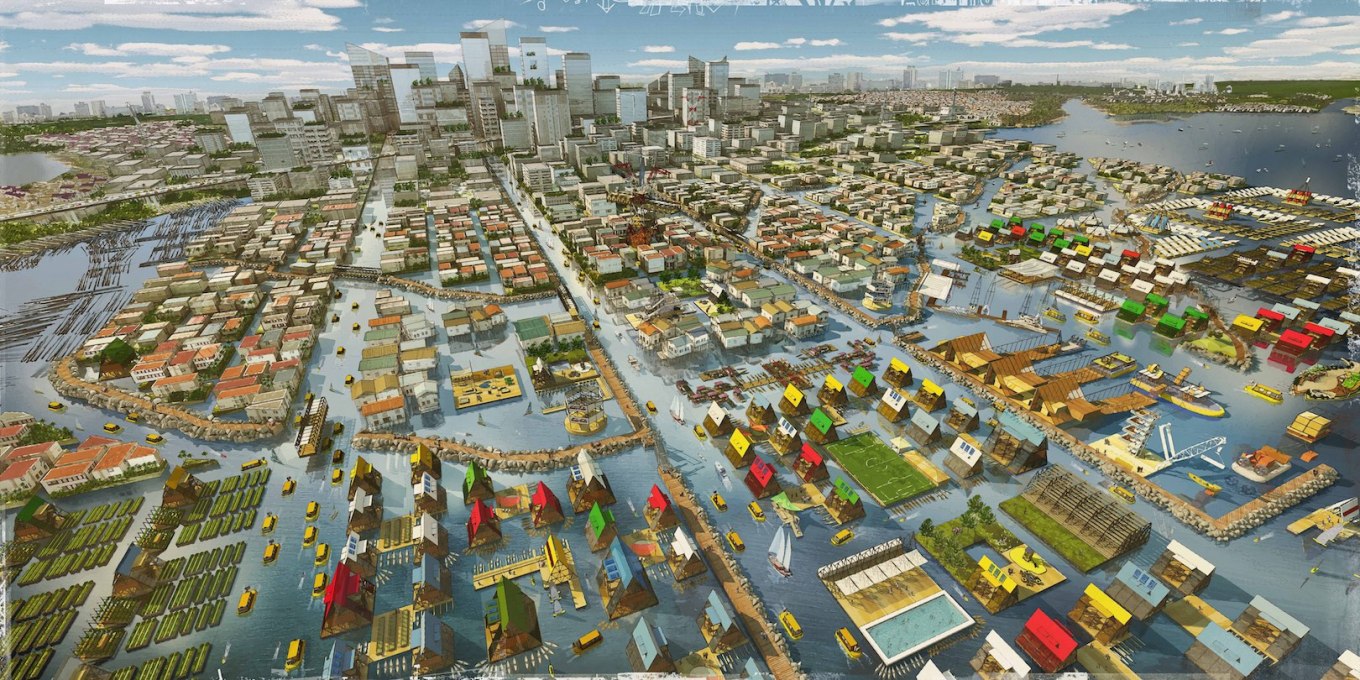
While the show lacked the snap, crackle and pop of a great exhibition – consisting mostly of flat images pasted to the walls of a small third floor gallery – it functions well as a validation of an important strain of urbanistic practice. The workshop format clearly produced interesting ideas, such those of the Istanbul-focused team of Superpool and Atelier d’Architecture Autogérée, where mass-housing is retrofitted by residents and citizens, along with public space, urban farming and sharing economy engagement. One of the primary advantages in having designers tackle and advocate solutions for urban scale problems is their ability to envision and represent proposals. While one retrofitting element, such as green energy production, can be discussed easily, the variety and complexity of urban scale approaches requires sophisticated representation. This forces the ideas to be thought out to the extent that they can be drawn or collaged, and the effect can often be inspiring. So in spite of minimal exhibition design Uneven Growth contains inspirational material, such as NLÉ and Zoohaus/Intelligencias Collectivas’ renderings of a future Lagos: picturing an imagined shift in energy regimes that makes one think that the recent news focus on solar power in Africa (go ahead, google it) might just be realised as a beautiful sustainable future. There’s something to believe in after all, and a use for renderings other than for selling condos and multimillion dollar mayoral legacy cultural projects.
And there’s more to discover in the exhibition. The whimsical but dead serious drawings from the Rio team, MAS Urban Design, ETH Zurich and RUA Arquitetos, propose a catalogue of public space and environment-enhancing “products”, like silver foil reflective shades to reduce solar thermal gain on roofs and movable street furniture; while the New City Reader newspaper, with its megacity urbanism game, is from the Hong Kong team of Network Architecture Lab, Columbia University and MAP Office, and their bifurcated project also includes a land reclaimation proposal. For Mumbai, the team of URBZ and Mumbai Ensamble Studio/MIT-POPLab propose how incremental informal settlement interventions could be achieved in a highly pragmatic way.
Together the six projects that were developed for Uneven Growth are an instructive array that captures this moment in thinking about the changing role of architects as urban actors. By placing this thinking on the walls of the MoMA, expanding its visibility, promoting this new kind of global involvement by not-so-local actors in various settings, the dialogue about a rather dire metropolitan condition continues and audiences expand. While Uneven Growth could have perhaps spiked the koolaid a bit more, the model of think-tank-like collaborative research and bold letter institutional promotion is admirable and should be copied. While it certainly remains to be seen exactly how much architects will contribute to the future of unequal conditions in cities, shows like Uneven Growth might inspire people to dig deeper in the work of the increasing abundance of urbanists who are taking the future of our cities very seriously indeed.
– Jessica Bridger, a Berlin-based journalist, urbanist and consultant, is a contributing editor for uncube and restless traveller.
Uneven Growth: Tactical Urbanisms for Expanding Megacities
Until May 10, 2015
The Museum of Modern Art
11 W 53rd Street
New York, NY 10019
USA




